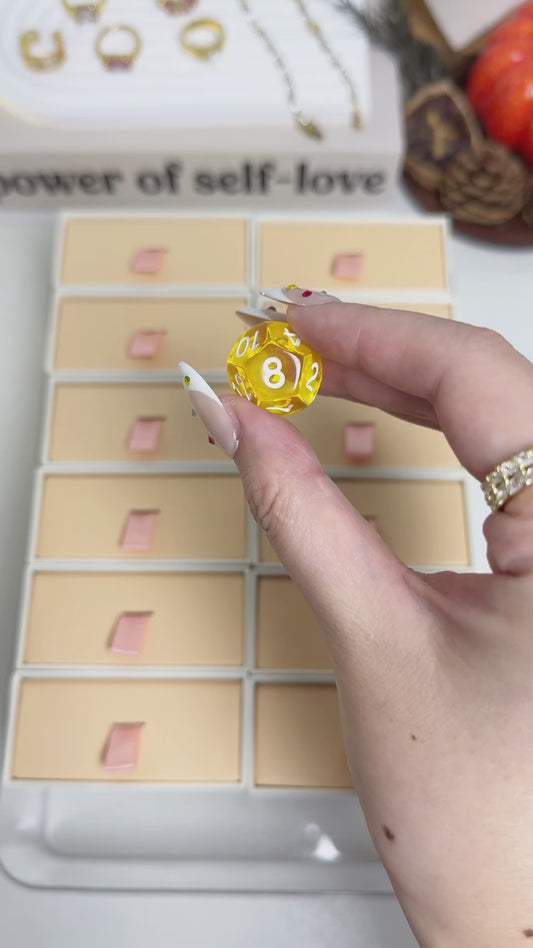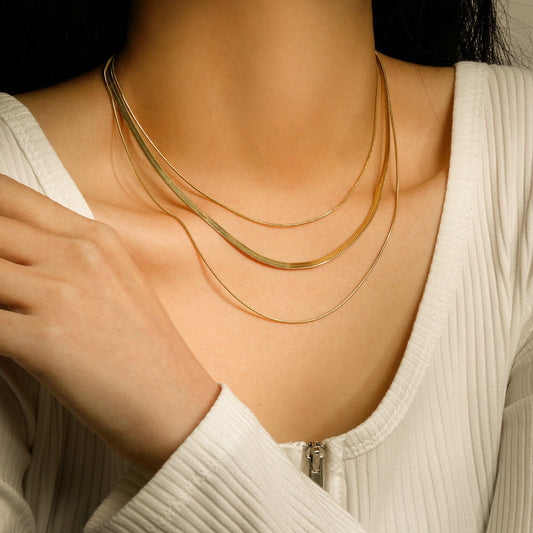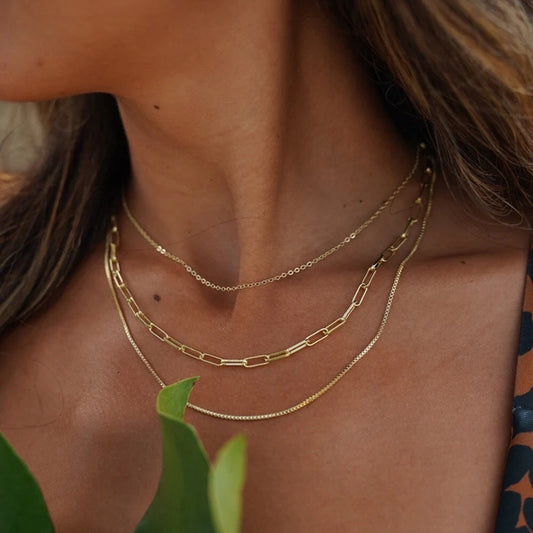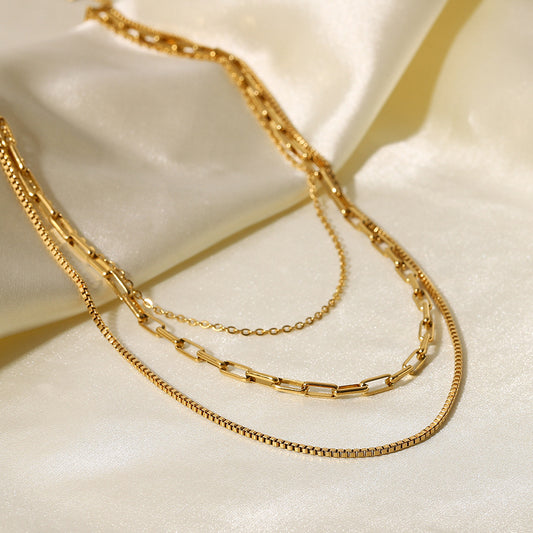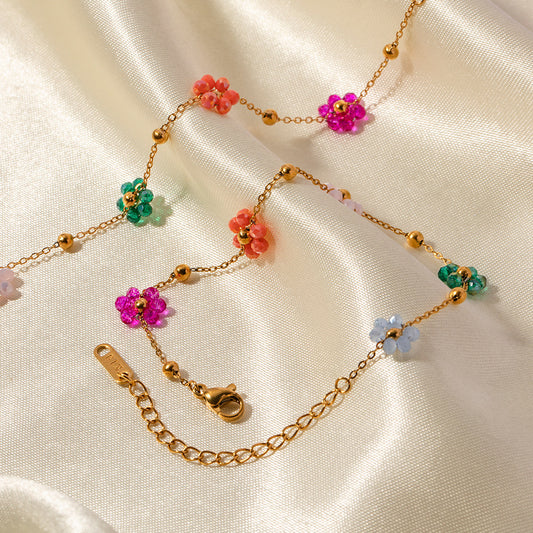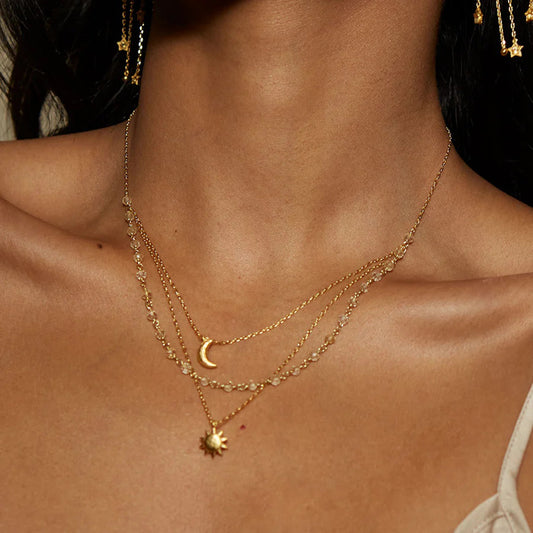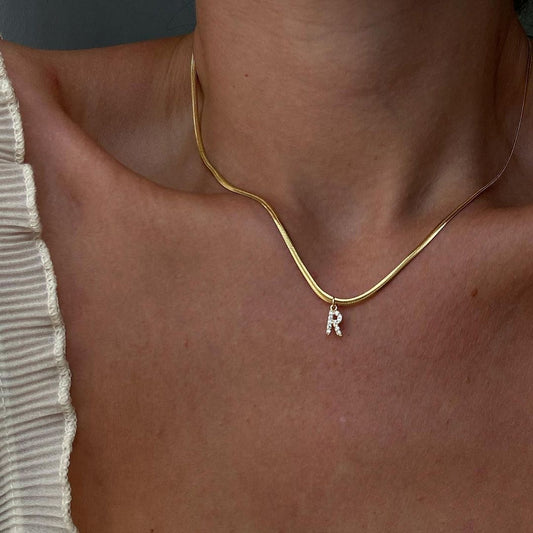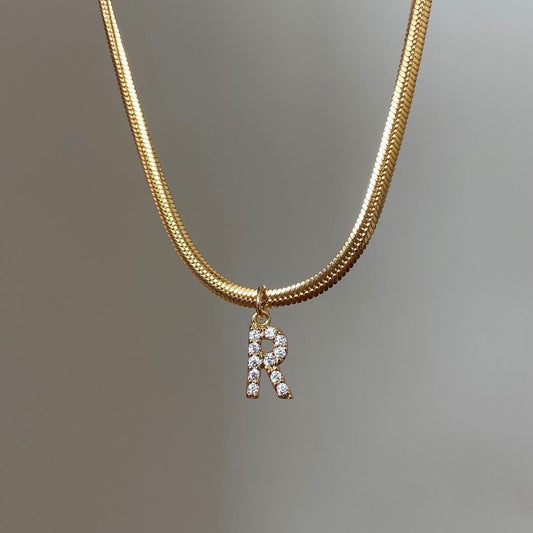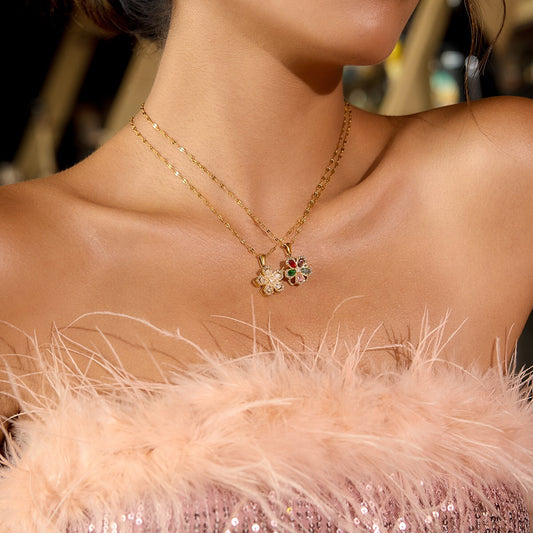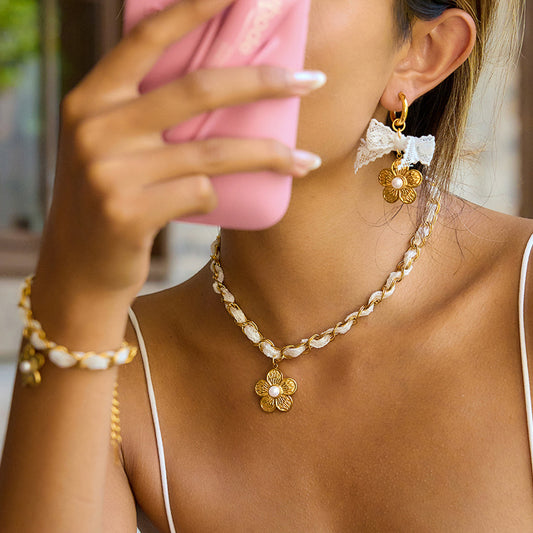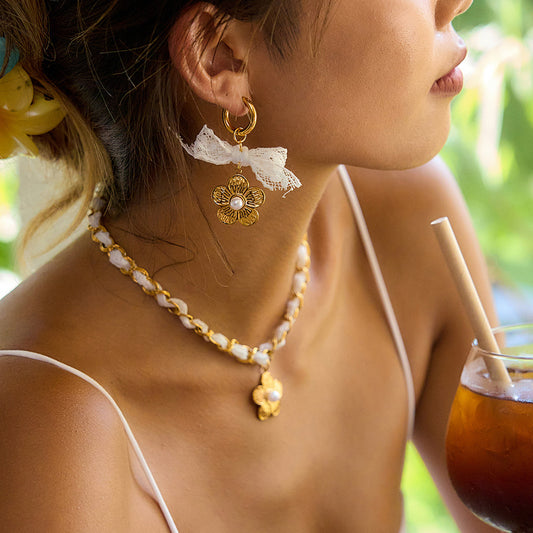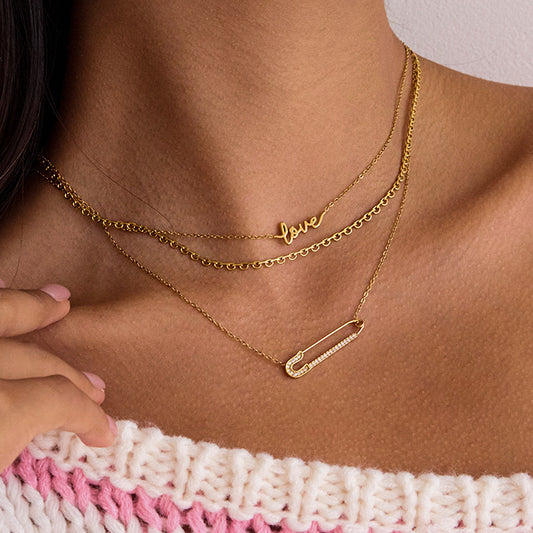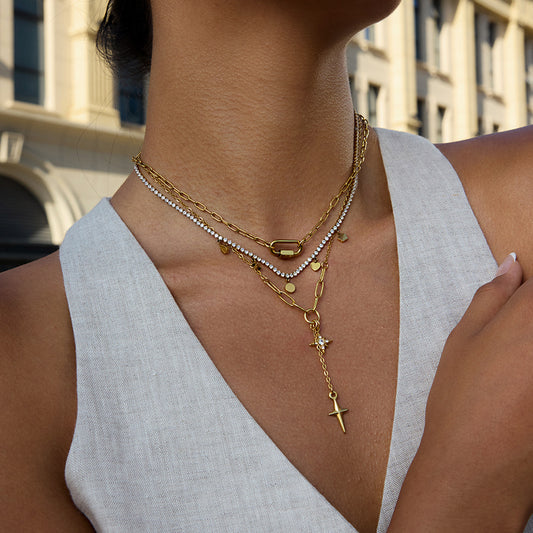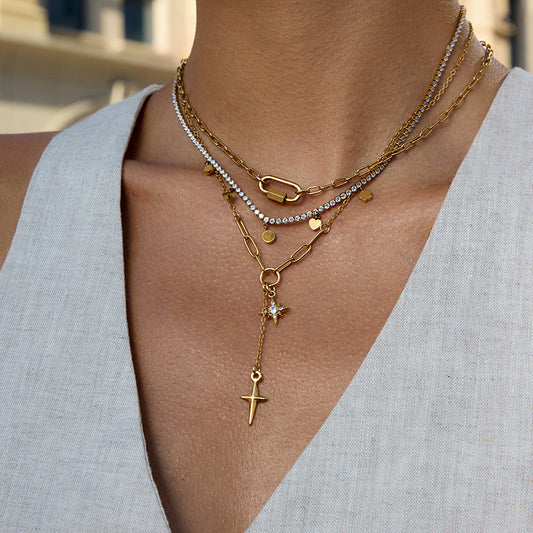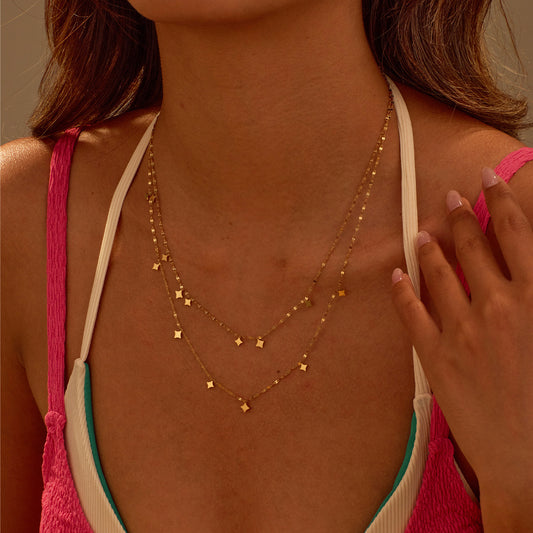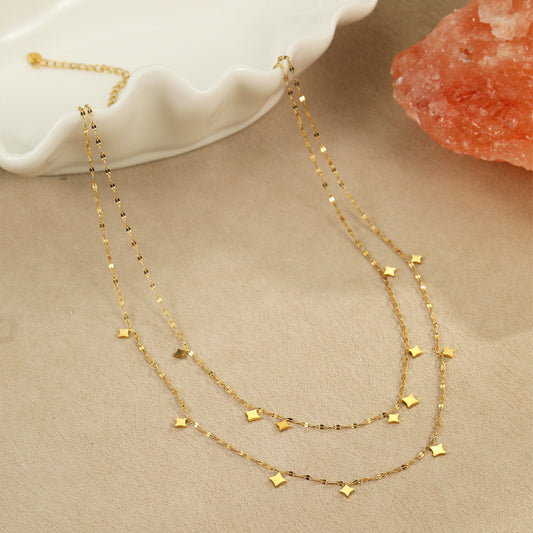Pearl a necklace is more than just a jewelry piece—it’s a symbol of grace that has stood the test of time, with global demand for pearl jewelry rising 33% in 2023 (Gemological Institute of America, 2024). The Pearl Jewelry Market size was estimated at USD 13.1 Billion in 2024 and is expected to hit around USD 34.4 Billion by 2033. From the delicate strands worn by royalty to the modern, layered styles favored by influencers, pearl a necklaces blend classic charm with contemporary versatility. They complement every skin tone, elevate casual and formal outfits alike, and hold sentimental value as heirlooms passed down through generations. Whether you’re shopping for yourself, searching for a meaningful gift for your daughter, or curious about how to spot real pearls, this guide covers everything you need to know about pearl a necklaces.
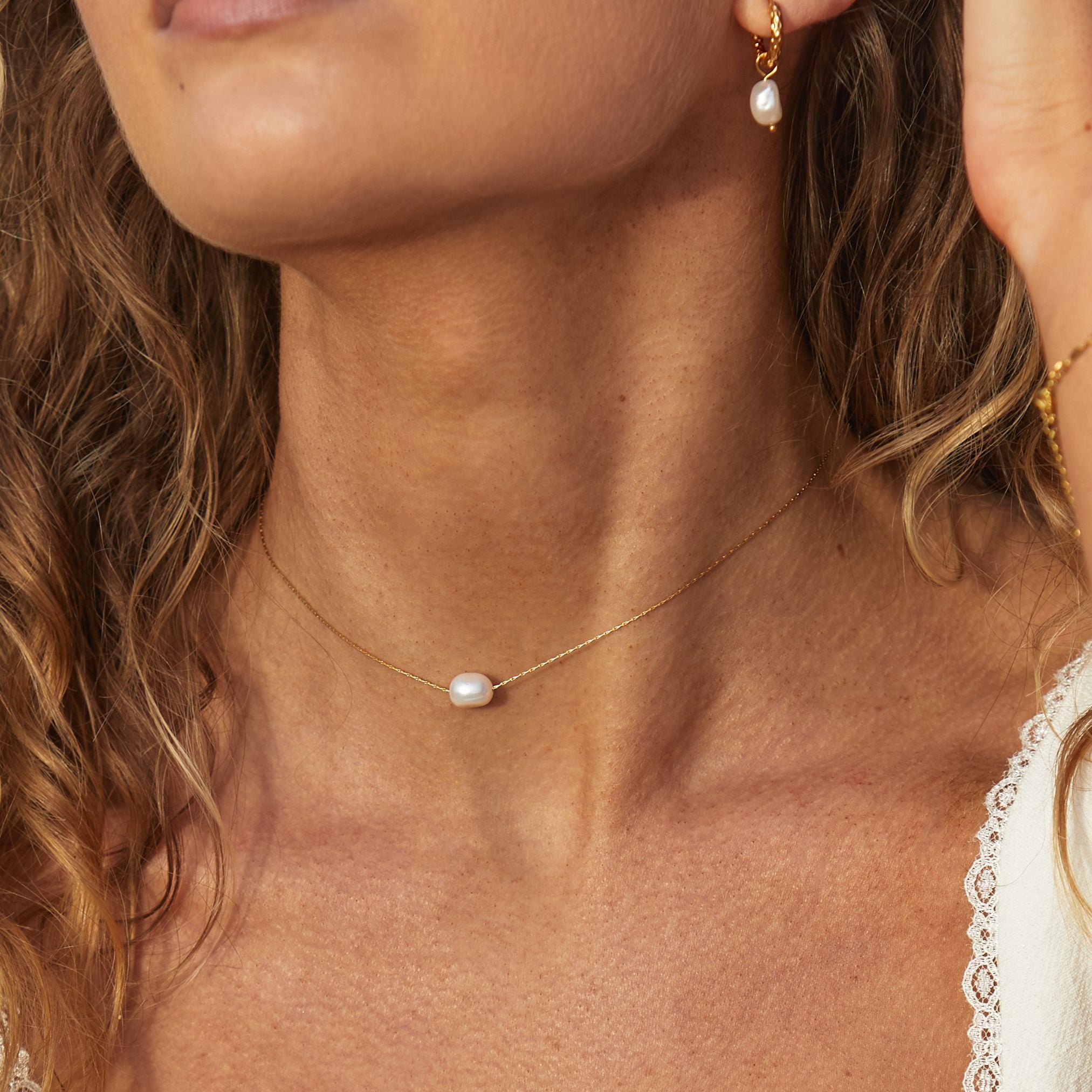
What Is Pearl A Necklace?
Pearl a necklace refers to a necklace featuring pearls—organic gemstones formed inside mollusks (oysters or mussels) when an irritant (like a grain of sand) is coated in nacre, a luminous substance that gives pearls their signature glow. Unlike other gemstones (which are mined), pearls are “grown” and valued for their luster, shape, and rarity.
Types of Pearls in Necklaces
The type of pearl defines a necklace’s look and value:
Akoya Pearls: Round, creamy-white pearls from Japan, known for sharp luster—ideal for classic strand necklaces.South Sea Pearls: Large, warm-toned pearls (white, gold, or silver) from Australia and Indonesia—luxurious for statement pieces.Tahitian Pearls: Dark, iridescent pearls (black, gray, or peacock) from French Polynesia—perfect for bold, modern styles.Freshwater Pearls: Affordable, versatile pearls from freshwater mussels (often in pastel hues)—great for everyday wear.
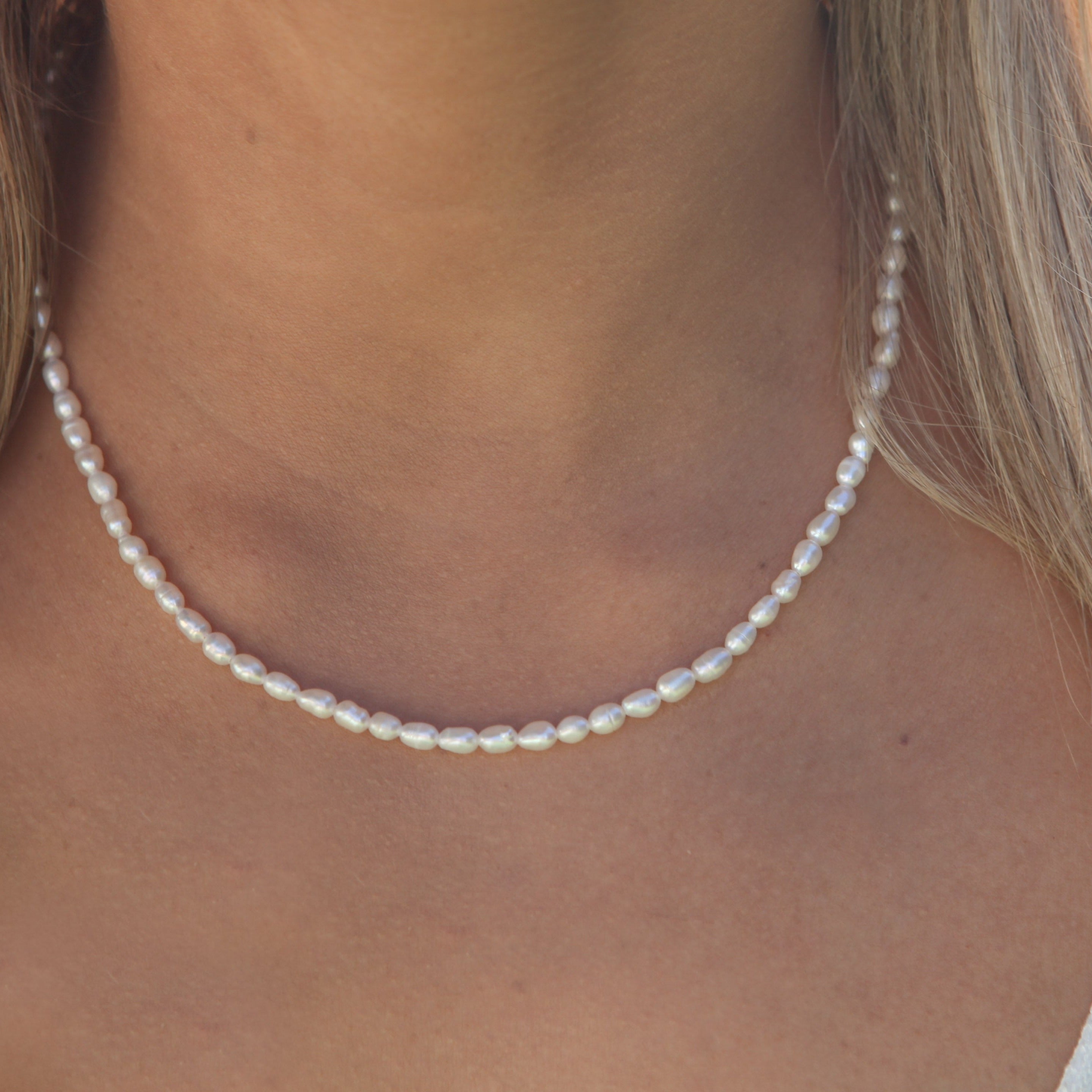
Key Characteristics of Quality Pearl A Necklaces
A high-quality pearl a necklace is judged by the “4 Cs” of pearls:
Luster: The pearl’s glow—top-tier pearls reflect light clearly, with a deep, iridescent sheen.Shape: Round pearls are the rarest (and most valuable), but baroque (irregular) pearls are trendy for unique styles.Color: Pearls range from white, cream, and pink to gold, gray, and black—value depends on rarity (e.g., natural black Tahitian pearls).Surface: Smooth pearls with minimal blemishes (scratches or spots) are more valuable.
Why Is Pearl A Necklace So Popular?
Pearl a necklaces have remained a staple for centuries, thanks to their unique blend of elegance, versatility, and cultural significance.
Timelessness That Defies Trends
Unlike fast-fashion jewelry, pearl a necklaces never go out of style. A classic Akoya strand worn in the 1950s looks just as chic today as it did then, making it a long-term investment. They’re embraced by every generation—grandmothers love traditional strands, while teens opt for dainty pearl pendants.
Versatility for Every Occasion
A pearl a necklace can transition from a work meeting to a wedding seamlessly. A delicate freshwater pearl pendant pairs with a blazer and jeans for the office, while a strand of South Sea pearls elevates a ballgown. This adaptability makes it a must-have in any jewelry collection.

Cultural and Sentimental Significance
Pearls symbolize purity, wisdom, and new beginnings in many cultures—making pearl a necklaces popular for milestones like graduations, confirmations, and weddings. They’re also often passed down as heirlooms, carrying stories of family love and tradition.
Celebrity and Influencer Endorsement
Celebrities like Kate Middleton (known for her classic pearl strands) and Zendaya (who rocks modern pearl chokers) have reignited interest in pearl a necklaces. Influencers, too, showcase pearl layering and mixed-media designs (pearls + gold) on social media, making the accessory feel fresh and trendy.
Popular Styles of Pearl A Necklace
Pearl a necklaces come in styles to suit every taste—from classic to bold, minimalist to glamorous.
Classic Strand Necklace
The most iconic style: a single strand of uniformly sized pearls (usually Akoya or freshwater) held together by silk thread. It’s available in lengths from “choker” (14–16 inches) to “princess” (17–19 inches, the most versatile) and “matinee” (20–24 inches). Perfect for formal events or adding polish to everyday outfits.
Pearl Pendant Necklace
A single pearl (often a larger South Sea or Tahitian pearl) suspended from a gold, silver, or platinum chain. It’s minimalist yet elegant—ideal for daily wear or gifting. Many feature additional details like diamond accents around the pearl for extra sparkle.
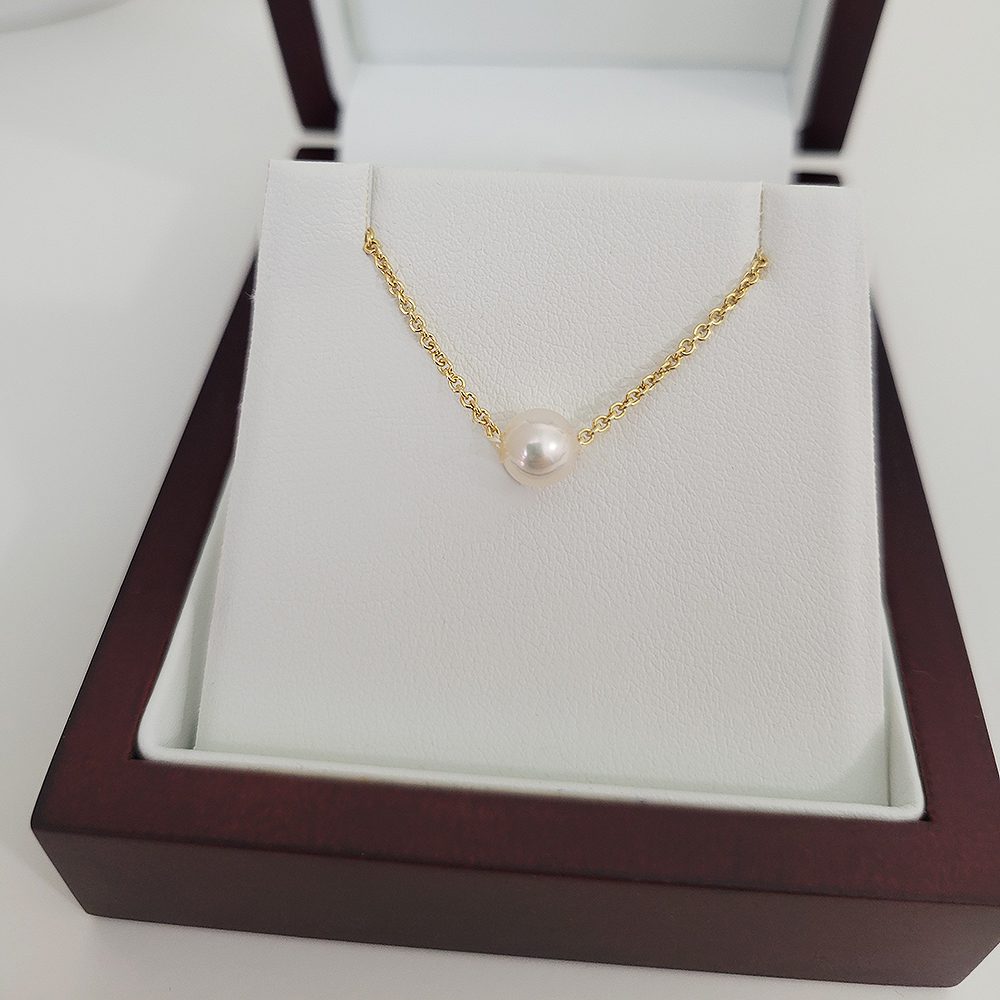
Layered Pearl Necklace
A trendy take: mixing multiple pearl strands of different lengths, sizes, or colors. For example, layer a short pearl choker with a longer pendant necklace, or pair white freshwater pearls with gray Tahitian pearls. Add a gold chain to the mix for a modern twist.
Baroque Pearl Necklace
For those who love unique designs, baroque pearl necklaces feature irregularly shaped pearls. They’re often paired with edgy elements like leather cords or metal clasps, making them perfect for casual, bohemian, or avant-garde looks.
Pearl Choker
A short (14–16 inch) necklace that sits snugly around the neck. It can be a single strand of tiny pearls or a bold design with larger pearls and gemstone accents. Pearl chokers are popular for parties, concerts, or adding a retro vibe to outfits.

How to Wear Pearl A Necklace
Wearing a pearl a necklace is easy—its versatility means it pairs with nearly any outfit. Here’s how to style it for different occasions:
Everyday Casual
Keep it simple for daily wear: a small pearl pendant necklace with a t-shirt and jeans, or a delicate freshwater strand with a linen dress. Avoid oversized pearls—opt for small to medium sizes (4–6mm) for comfort and subtlety. Add a pair of pearl studs to complete the look without overdoing it.
Workwear
Pearl a necklaces add professionalism to office outfits. A princess-length strand of Akoya pearls pairs with a button-down shirt and blazer, while a pearl pendant works with a tailored dress. Stick to neutral pearl colors (white, cream) and avoid overly bold designs—you want to look polished, not distracting.
Formal Events
For weddings, galas, or red carpets, go bold with pearl a necklaces: a strand of large South Sea pearls with a strapless gown, or a diamond-accented pearl choker with a cocktail dress. Keep other jewelry minimal (e.g., small pearl earrings) to let the necklace take center stage. For black-tie events, opt for rare pearls like Tahitian or gold South Sea for extra luxury.
Layering Tips
Layering pearl a necklaces is a trendy way to add depth:
Mix lengths: Start with a choker (14 inches), add a princess-length strand (18 inches), and finish with a matinee necklace (22 inches).Combine pearl types: Pair white freshwater pearls with a single black Tahitian pearl pendant for contrast.Add non-pearl pieces: Layer a pearl strand with a thin gold chain or a delicate pendant necklace for a modern look.
Pearl A Necklace: Perfect Gift for Your Daughter
A pearl a necklace is one of the most meaningful gifts you can give your daughter—it’s a symbol of love, growth, and celebration that she’ll cherish for years.
Why It’s a Thoughtful Gift
Pearls symbolize purity, wisdom, and new beginnings—making them ideal for milestones like graduations, sweet 16s, confirmations, or college send-offs. Unlike trendy gifts, a pearl a necklace is timeless—she’ll wear it as a teen, young adult, and even pass it down to her own children. It’s a tangible reminder of your love and belief in her.
Choosing the Right Style for Her
Match the necklace to her personality and lifestyle:
Minimalist Daughter: A dainty freshwater pearl pendant on a silver or gold chain—simple enough for daily wear.Trendy Daughter: A pearl choker with a modern clasp, or a layered set of small pearl strands.Classic Daughter: A short strand of Akoya pearls—timeless and elegant for special occasions.Bohemian Daughter: A baroque pearl necklace with a leather cord or beaded accents.
Add a personal touch: engrave the clasp with her initials, a special date, or a message like “My Princess” to make it unique.
How to Clean Pearl A Necklace
Pearls are delicate (they’re organic and soft), so proper cleaning is essential to maintain their luster and longevity. Avoid harsh chemicals—gentle care is key.
At-Home Cleaning Steps
After wearing your pearl a necklace, wipe each pearl with a soft, damp (not wet) microfiber cloth to remove oils, makeup, or perfume. For deeper cleaning:
Mix a tiny amount of mild, fragrance-free dish soap with lukewarm water (avoid hot water—it can damage nacre).Dip a soft cloth in the soapy water and gently wipe each pearl—never soak the necklace (silk threads can weaken).Rinse the cloth with clean water and wipe the pearls again to remove soap residue.Lay the necklace flat on a clean towel to air dry completely before storing (hanging can stretch the thread).
What to Avoid
-
Harsh chemicals: Perfume, hairspray, lotion, and jewelry cleaners (they erode nacre).
-
Water exposure: Remove the necklace before showering, swimming, or doing dishes.
-
Abrasive materials: Avoid scrubbing with toothbrushes or rough cloths (they scratch pearls).
-
Extreme temperatures: Don’t store pearls near heaters or in direct sunlight (they can dry out).
Storage Tips
Store your pearl a necklace in a soft, lint-free pouch or a jewelry box with a separate compartment (to avoid scratching by other metals or gemstones). If it’s a strand necklace, lay it flat or hang it on a necklace stand to prevent the thread from stretching. Have the thread replaced every 2–3 years (even if it looks fine)—silk weakens over time.
What Does a Pearl Necklace Mean?
A pearl necklace carries rich symbolism across cultures and contexts, making it more than just an accessory.
Cultural and Historical Meanings
In ancient Rome, pearls symbolized wealth and power—only nobility could wear them. In Chinese culture, pearls represent prosperity and good luck. In Christianity, pearls signify purity and faith (often associated with the Virgin Mary). Today, these meanings endure, with pearls still linked to elegance, wisdom, and new beginnings.
Personal and Sentimental Meanings
For many, a pearl a necklace is a symbol of personal milestones: a graduation gift represents growth, a wedding necklace signifies commitment, and a family heirloom carries the story of loved ones. Gifting a pearl necklace to your daughter can also symbolize your pride in her and your hope for her future.
How Much Is a Real Pearl Necklace Worth?
The value of a real pearl necklace varies widely—from $50 to $100,000+—depending on pearl type, quality, and design.
Budget-Friendly Options ($50–$500)
Freshwater pearl necklaces dominate this range. They’re affordable because freshwater mussels produce multiple pearls at once. A strand of small (4–6mm) freshwater pearls costs $50–$200, while a pendant with a larger freshwater pearl is $100–$500.
Mid-Range Options ($500–$5,000)
Akoya and lower-grade Tahitian/South Sea pearls fall here. A classic Akoya strand (7–8mm, round) costs $800–$2,000, while a Tahitian pearl pendant with a diamond accent is $2,000–$5,000.
High-End Options ($5,000+)
Rare pearls drive up value: large South Sea pearls (10mm+), natural (not cultured) pearls, and perfectly round Akoya pearls. A strand of gold South Sea pearls can cost $10,000–$50,000, while a necklace with natural pearls (extremely rare) can exceed $100,000.
Key Value Factors
As with pearl quality, the 4 Cs (luster, shape, color, surface) matter most. Additional factors include:
Pearl size: Larger pearls are more valuable.Cultured vs. natural: Natural pearls are 10x more expensive than cultured (most pearls sold today are cultured).Setting: Necklaces with gold/platinum chains or diamond accents cost more than silk-strand styles.
How to Tell If a Pearl Necklace Is Real
Fake pearls (made of glass, plastic, or shell) are common—here are simple, at-home tests to spot real pearls:
The Tooth Test
Gently rub a pearl against the front of your tooth (not the enamel). Real pearls feel slightly rough, like sandpaper—this is the texture of nacre. Fake pearls are smooth, like plastic or glass. (Note: Be gentle to avoid damaging the pearl.)
The Luster Test
Real pearls have a deep, iridescent luster—they reflect light with subtle rainbow hues. Fake pearls have a flat, shiny appearance (like a mirror) with no depth. Hold the necklace up to a light: real pearls will show a soft glow, while fakes look harsh.
The Weight Test
Real pearls are heavier than fake ones of the same size. Plastic pearls feel light and hollow, while glass pearls are slightly heavier but lack the “substantial” feel of real pearls. Compare the necklace to a known fake—you’ll notice the difference.
The Drill Hole Test
Look at the drill hole (where the pearl is strung). Real pearls have a smooth, clean hole with a slight nacre rim. Fake pearls often have rough edges or a plastic core visible around the hole.
Professional Verification
For valuable necklaces, take it to a GIA-certified jeweler. They’ll use tools like a loupe (magnifying glass) to examine the nacre thickness and structure, or an X-ray to check for a mollusk nucleus (present in cultured real pearls).
Pearl A Necklace: Your Timeless Treasure
A pearl a necklace is more than jewelry—it’s a piece of history, a symbol of love, and a versatile accessory that grows with you. From everyday pendants to heirloom strands, it adapts to your style and celebrates life’s biggest moments. Whether you’re gifting it to your daughter or adding it to your own collection, a real pearl necklace is an investment in elegance that lasts a lifetime.
Ready to find your perfect pearl a necklace? Start by deciding your budget and style—freshwater pearls for everyday, Akoya for classic elegance, or Tahitian for bold statements. Visit a local jeweler to see pearls in person (luster is hard to judge online) or shop trusted online retailers like James Allen or Blue Nile. If you’re unsure about a necklace’s authenticity, share photos in the comments below—we’ll help you assess it. And don’t forget to tag us in your pearl necklace looks—we can’t wait to see how you style your timeless treasure!




